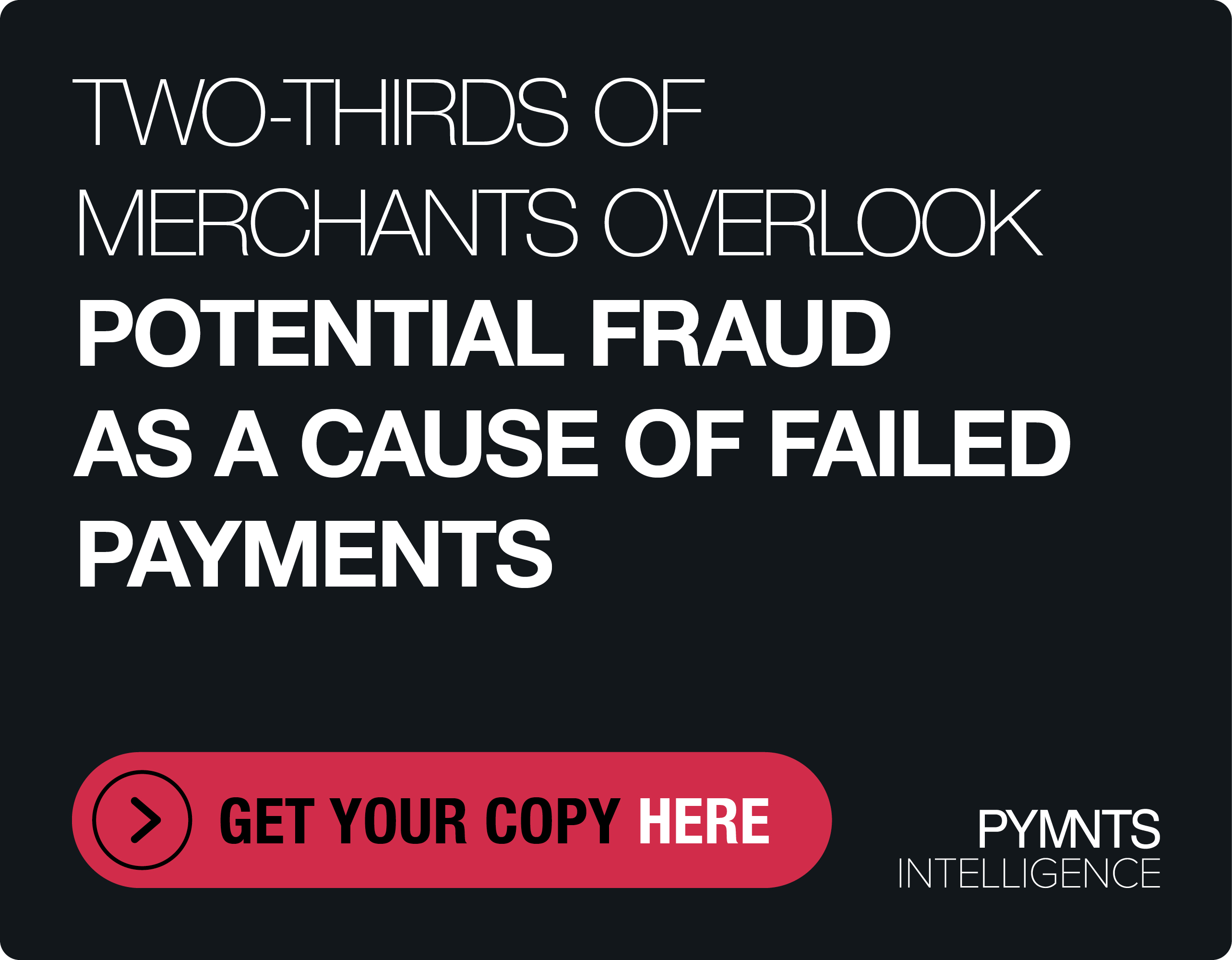India Makes It Easier For SMEs To Go Public

Last week, PYMNTS explored the ongoing stock market strains in China, and how a block to new business listing on the exchanges may increase businesses’ reliance on the shadow lending industry.
For companies that are looking to go public, an IPO can be a crucial source of financing. In response to China’s ongoing situation, researchers largely highlighted how crucial it is for government regulators to not hinder companies’ ability to go public, and for authorities to consider a separate small business exchange to support SME growth.
Recent reports from India suggest that regulators in the country are following analysts’ advice.
According to an announcement made Friday (July 17), the International Organization of Securities Commissions has pinpointed India as the more affordable market for small businesses to go public in the world. The announcement followed news that the BSE SME saw its 100th small business listing on Thursday (July 16).
“SME companies represent entrepreneurial potential of India,” said SEBI Whole Time Member Rajeev Kumar Agarwal in a statement. “They contribute to job creation and enhance opportunities for entrepreneurs. They also facilitate much more equitable distribution of wealth and spread of industry across the country.”
Officials added that small businesses in the nation currently make up 45 percent of industrial output and 40 percent of exports. Government support of this segment has led India to experience the fastest growth of SME public listing compared to peer exchanges.
Small and medium-sized businesses list on the BSE SME platform, the nation’s first stock exchange for SMEs. The platform launched in March 2012, according to reports.
While officials have been looking to support ways to finance small businesses, government officials have looked beyond the IPO. Reports published last May revealed that SEBI was exploring ways to allow SMEs to access working capital through the Institutional Trading Platform that connects businesses with potential investors, even if business owners do not want their companies to go public.
[vc_row full_width=”” parallax=”” parallax_image=””][vc_column width=”1/1″][/vc_column][/vc_row][vc_row full_width=”” parallax=”” parallax_image=””][vc_column width=”1/1″][vc_separator color=”grey” align=”align_center” style=”” border_width=”” el_width=””][vc_single_image image=”150712″ alignment=”center” style=”vc_box_shadow_3d” border_color=”grey” img_link_large=”” img_link_target=”_blank” css_animation=”left-to-right” img_size=”full” link=”http://www.pymnts.com/tag/b2b-payments/”][vc_column_text]
To check out what else is HOT in B2B, click here.
[/vc_column_text][vc_separator color=”grey” align=”align_center” style=”” border_width=”” el_width=””][/vc_column][/vc_row]
